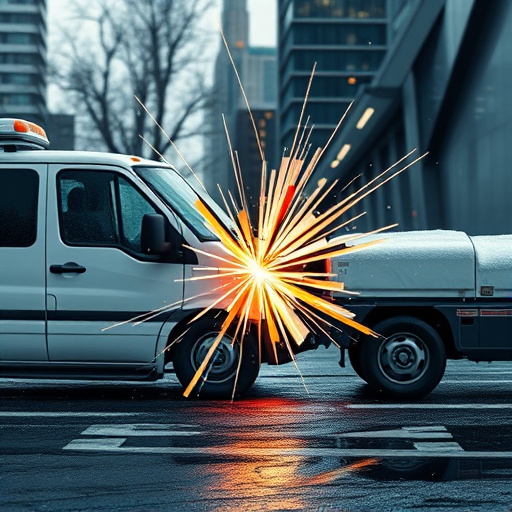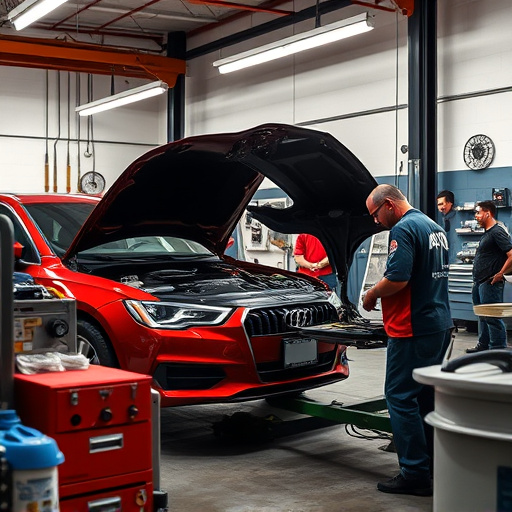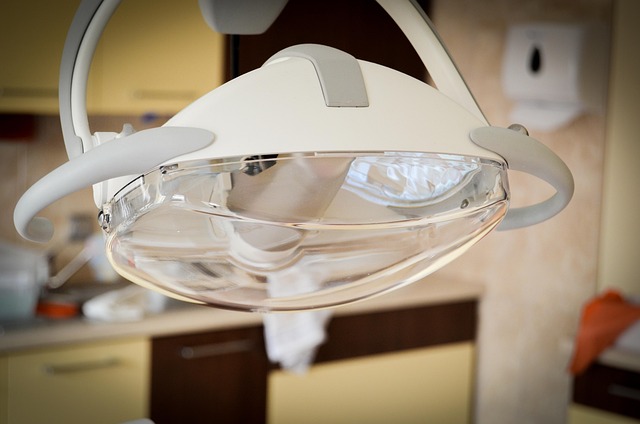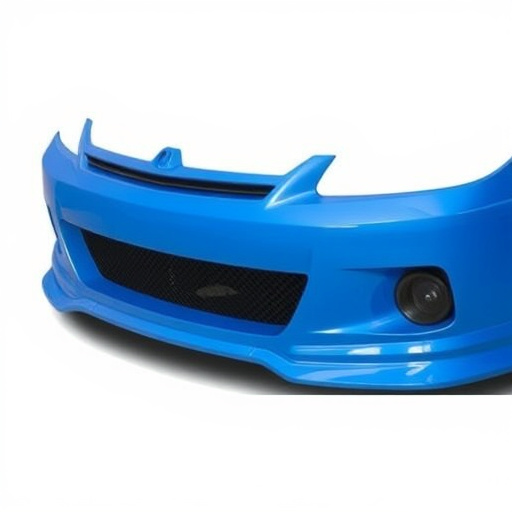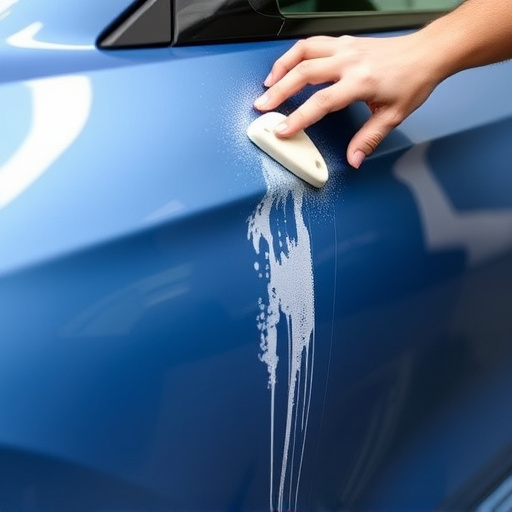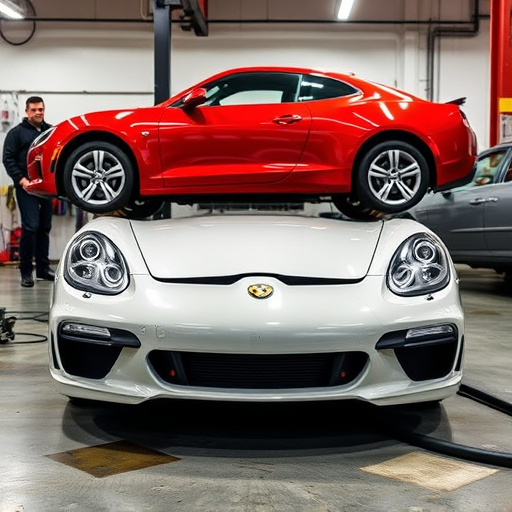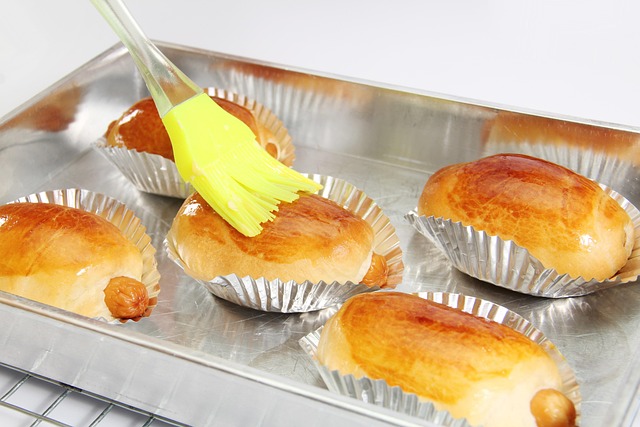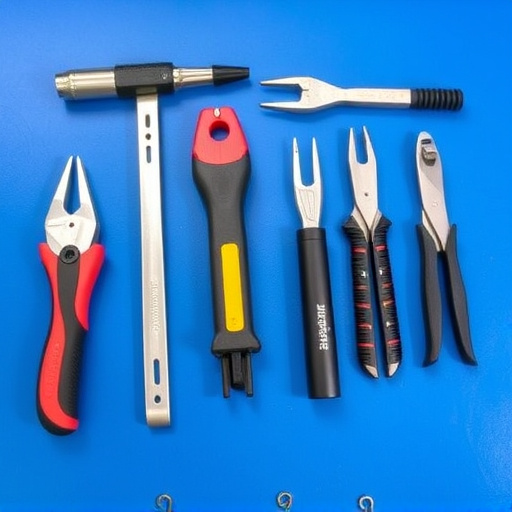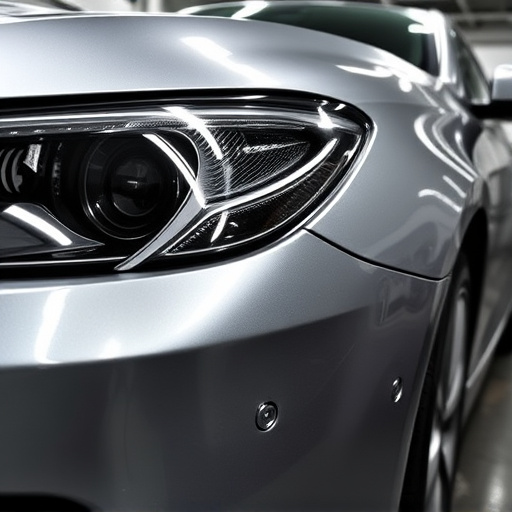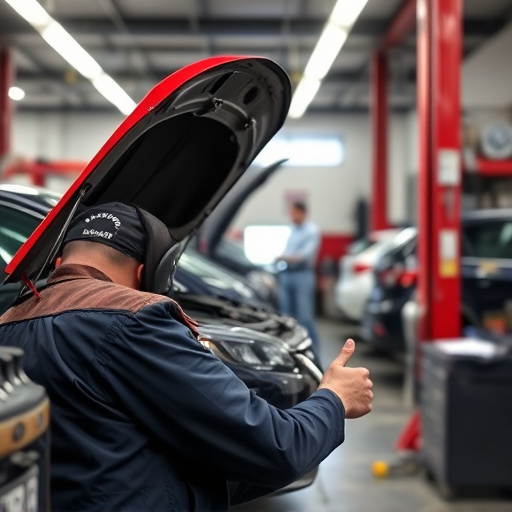The Tesla Drive Unit (TDU) inspection is crucial for Model 3 and Y vehicles' performance and safety. Auto body shops scrutinize sub-systems, sensors, connectors, and control modules to ensure efficient, reliable operation. Regular checks prevent costly issues like faulty sensors or worn gears, maintaining optimal range and steering. Schedule inspections with reputable shops for proactive maintenance.
“Uncover the secrets behind your Tesla’s performance with a comprehensive guide to drive unit inspection. This article delves into the intricate components of Tesla’s powertrains, focusing on the Model 3 and Y. We’ll walk you through the step-by-step inspection process, helping you stay ahead of potential issues. Learn about common problems plaguing these electric vehicles and essential maintenance tips to keep your Tesla running smoothly. By understanding your drive unit, you empower yourself to maintain and optimize your Tesla’s driving experience.”
- Understanding Tesla Drive Unit Components
- Inspection Process for Model 3 and Y Vehicles
- Common Issues and Maintenance Tips
Understanding Tesla Drive Unit Components
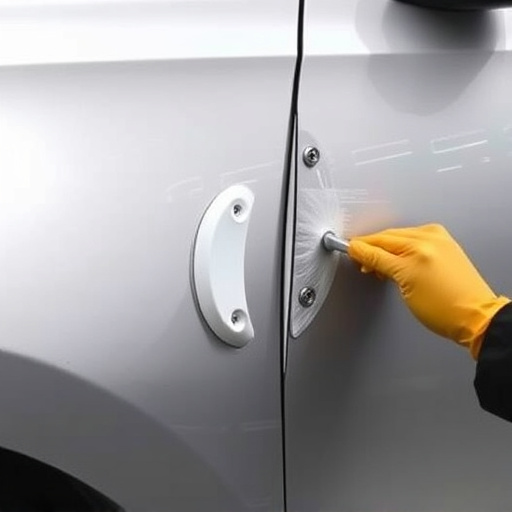
The Tesla Drive Unit (TDU) is a critical component within the electric powertrains of the Model 3 and Y vehicles. Comprising various sub-systems, it integrates motor control, power distribution, and advanced driver assistance systems (ADAS). During a Tesla drive unit inspection, auto body shops and automotive collision repair centers scrutinize these intricate parts to ensure optimal performance and safety. The TDU houses essential elements like the inverter module, which converts direct current (DC) battery power into alternating current (AC) for the electric motor, enabling efficient propulsion.
Moreover, the inspection process involves assessing the condition of sensors, connectors, and control modules that facilitate communication between the TDU and other vehicle systems. Proper functioning of these components is vital for maintaining the overall efficiency and reliability of Tesla’s all-electric drive system. In case of any damage or malfunction, experienced technicians in auto body shops are equipped to perform specialized repairs, ensuring that the vehicle collision repair process restores the TDU to its peak performance capabilities.
Inspection Process for Model 3 and Y Vehicles
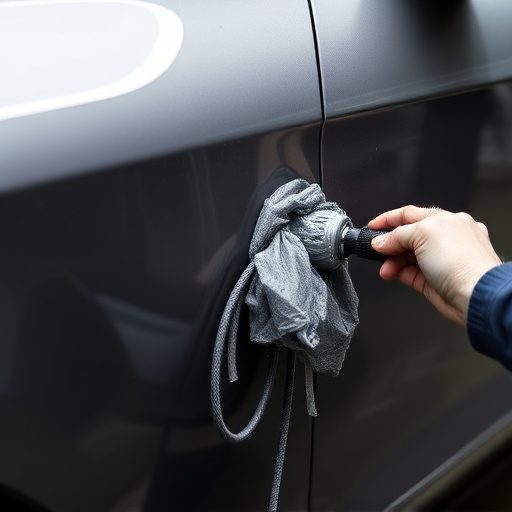
The Tesla Drive Unit Inspection is a crucial process for Model 3 and Y vehicle owners, ensuring optimal performance and safety. It involves a meticulous examination of the car’s electronic brain, the drive unit, which controls various functions like acceleration, braking, and steering. This inspection takes place at specialized workshops equipped with advanced diagnostic tools. Technicians begin by powering off the vehicle and checking for any error codes stored in the system. They then conduct visual inspections, verifying the condition of components such as wires, connectors, and sensors.
Subsequent steps include running diagnostics to assess the drive unit’s functionality. This might involve simulating driving conditions or using specialized equipment to test each component. In case of any anomalies, further testing is conducted at a car body shop to identify and rectify issues, often involving auto body repair services. The process guarantees that your Tesla remains in top condition, enhancing safety and performance.
Common Issues and Maintenance Tips
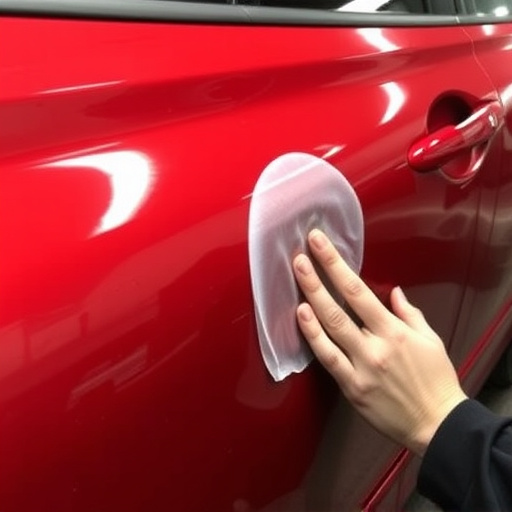
Common Issues with Tesla Drive Units and Maintenance Tips for Model 3 and Y owners.
Regular Tesla drive unit inspections are crucial for maintaining optimal performance and preventing potential issues. Some common problems to look out for include faulty sensors, malfunctioning actuators, and worn-out gears, which can lead to reduced range, uneven steering, or even complete drivetrain failure. These parts are subject to constant wear and tear due to the high-performance nature of Tesla vehicles, making regular checks essential.
To keep your Model 3 or Y in top shape, ensure timely maintenance, especially after traversing challenging terrains or extreme weather conditions. Consider scheduling inspections with reputable auto repair shops near you that specialize in electric vehicle (EV) repairs. Remember, proactive care can save you from costly collision damage repair or vehicle restoration work down the line. Preventive measures like regular fluid changes, clean and inspect brakes, and monitor battery health will contribute to a smoother driving experience.
A thorough understanding of the Tesla drive unit components, coupled with regular inspections, is key to maintaining the performance and longevity of your Model 3 or Y. By following the outlined inspection process and staying vigilant for common issues, owners can ensure their vehicles’ drivetrains remain in peak condition. This proactive approach not only enhances driving experience but also demonstrates the value of meticulous care in the world of electric vehicle ownership. Remember, when it comes to Tesla drive unit inspection, knowledge is power.

